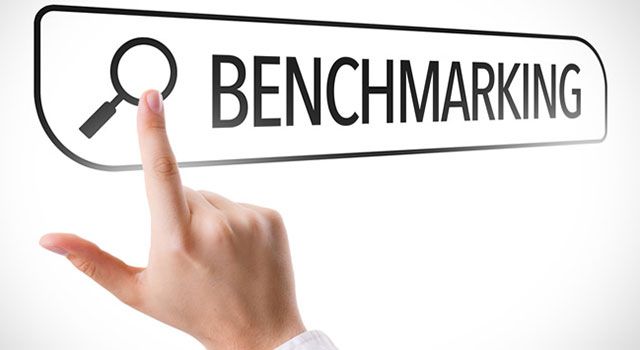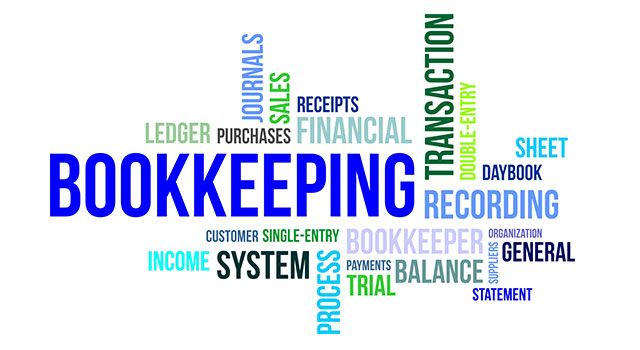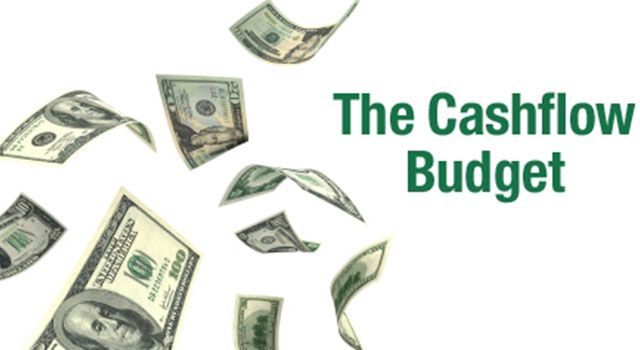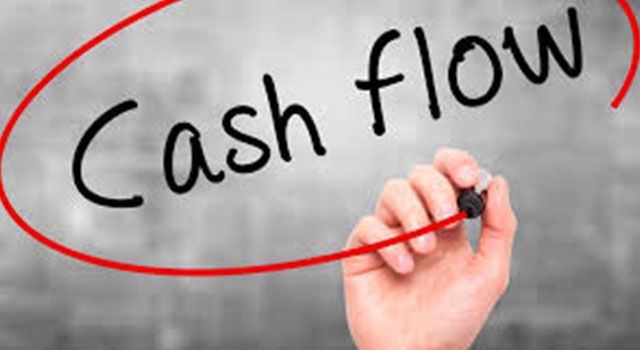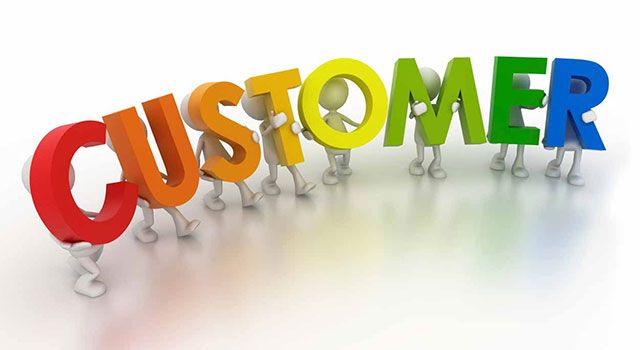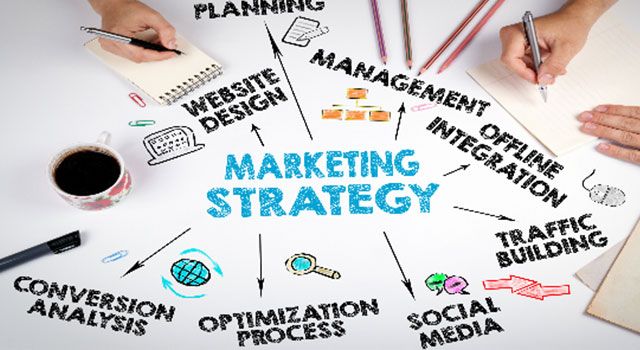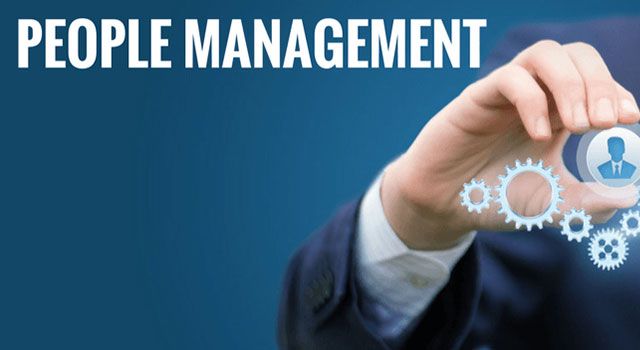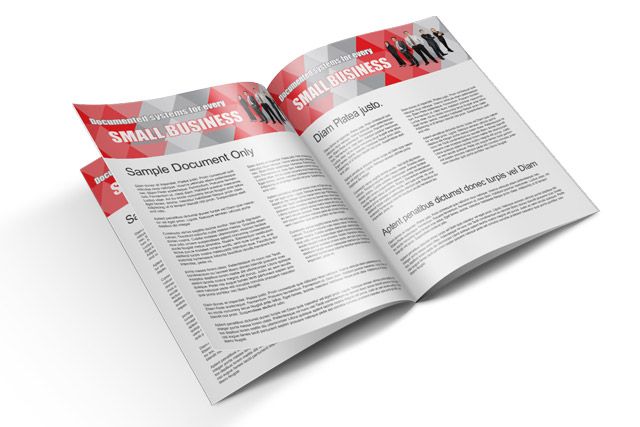
Management of Costs - An Overview
Issue 0005
Management of Costs - An Overview
In the CCH survey – ‘SMEs the fine line between failure and success’, released in April 2013, the 1,050 selected small/medium operators who participated in that survey identified:
- failure to manage costs; and
- anticipate raising costs
as the number one reason why businesses fail. This edition will discuss strategies, to help small/medium enterprise operators effectively manage costs within your business.
Cost Control
Cost control is a detailed process of collecting, analysing, summarising and evaluating various alternative courses of action. The goal is to advise management on the most appropriate action, based on the cost, efficiency and capabilities within the business. This can include investigating procedures to detect variances of actual cost from budgeted costs; diagnostic procedures to ascertain cause of variances; and corrective procedures to effect a realignment between actual and budgeted costs. Do these types of activities interest you, in helping to control costs within your business? Costing also includes a review of the costs of new products or services and looking at the various components that go into making a product. What do they all individually cost? What is the effect on the cost of your final product, by making various changes, adding something to it and removing something? So the overall exercise is to determine what the various components cost.
Project Management
Another field of cost management is in project management, where costs are allocated against the original estimates for a building project or a major construction site. Costs basically come in two components:
- Fixed Costs – Fixed costs are an expense, which does not vary relative to production or turnover, within reasonable production or sales levels. An example is rent. It is normally considered a fixed expense, until such time as the physical capacity of the space being rented is exhausted and, at which stage, you would need larger premises. So irrespective of the volume of sales or the volume of production, you still have the same rent costs.
- Variable Costs – Variable costs normally vary directly, in relation to increases in production or sales of a business. So the labour costs for direct employees involved in selling on a shop floor, or working within a factory, or manufacturing environment, varies according to the sales or production levels.
Who Can Assist in the Management Of Costs?
Accountants can assist small/medium enterprises to navigate this very conflicting area of cost control. Every business should be conscious of it, but many people do not know where to start.
Stock Purchasing
If your business is purchasing stock or materials, have you introduced an effective stock purchasing system? This is built around obtaining quotations from various suppliers and then comparing those quotations. How do you go about the stock ordering process? Do you write out an order? Does it include details of the exact description of the product you are seeking and the price? Does stock get checked in when it arrives at your shop, factory or building site, to ensure there are no deficiencies in the stock you’ve paid for? If there are, do you claim a credit for the stock that is not suitable for your purposes? Once you have the stock within your business, is there a system to ensure the oldest stock is used first? Your business should have a stock rotation system, to ensure you are trying to prevent any deterioration or damage to stock by using the oldest stock first.
Gross Profit Percentage
A good indicator to determine whether you have purchased stock at a higher cost than what you normally do is to calculate the gross profit percentage. Gross profit is determined as the difference between your selling price and your cost of goods sold. The resultant figure - the gross profit is then divided by your sales figure and multiplied by 100/1. To determine your gross profit, for example, a business with sales of $100,000 and cost of goods sold at $62,000 would earn a gross profit of $38,000. The gross profit percentage is $38,000 divided by 100,000 equals 38%. If your normal gross profit percentage was, say, 49%, this would give you an indication that the 11% variance could have been caused by:
- paying more for your purchases than you normally have, or perhaps paying more for freight in;
- damaged or deteriorating stock, which had been written off and not included in the stock figure at the end of the month; and
- paying for stock you haven’t received.
There could be another reason in that you may have reduced your selling prices. Continually evaluating your gross profit percentage in your various departments and lines of stock, if you can, is a great way to give you a quick key performance indicator as to the efficiency of your purchasing within your stock control area.
Labour
The next very important area of cost control is labour. Labour is a very large expense in virtually every business. Have you checked your ‘labour manning charts’, to ensure you are efficiently allocating when you need your team members to be working, to maximise the matching of sales against your expenses, or your production levels against your wages expense? Are you conducting proper induction programs when new team members join your firm, so they understand where everything is and what they are expected to do, so they are not costing you more money later on by trying to find out how various things operate? Have you introduced training programs to train your team members, to improve their skills in an attempt to improve their overall productivity? Labour is a very expensive cost. One way of reducing it on a unit basis, is to try to improve the productivity figures being achieved by individual team members.
Wastage and Shrinkage
This is another area that can cost a business a lot of money. Management needs to be conscious of introducing systems, to monitor what is being wasted, stolen or generally disappearing within a business.
Research and Development
Another area where you can reduce your overall costs in specific areas is research and development. If you are a company and have spent an excess of $20,000 in a year on research and development – and the expense can include labour - then you could obtain a tax rebate of 45%, if your company’s turnover is under $20M. The key here is that you need to keep appropriate records and you need to register your company with AusIndustry by the 30 April each year. It is a significant cost reduction process that a copmany can undertake.
Export Market Development Grants
If you are an exporter, or you are proposing to export, then you can obtain a grant from the government, which will reduce the effective cost of money that you have spent, in preparing your business to undertake export sales. You need to have spent in excess of $20,000 and, if you have, you can make a claim of up to $150,000 on a 50% recovery basis. This can be for expenses such as:
- Overseas Market Visits – if you have visited overseas countries, to determine the suitability of selling your products or services into those countries.
- Overseas Representation – if you have someone representing you overseas.
- Communication Costs
- Product Samples – that you have sent to various markets overseas.
- Registration Fees – to attend trade fairs.
- Marketing Consultant’s Expenses
- Overseas Buyers – bringing overseas buyers to Australia, so you can show them your products or services.
If you are an exporter, or proposing to export, this can be a great way to reduce costs in your business. The only other provision is that turnover needs to be under $50M. Your business structure can be of any type, you don’t have to be a company.
Overhead Expenses
The other area to consider is your overhead expenses. The best way to control overhead expenses is to prepare a budget, based on what it has cost you in previous years and what you expect the cost of these items will be in the forthcoming year. Your actual expenditure against the budget should be compared each month and try to ensure these items, in fact, cost you less then what you had budgeted.
Accountants Can Assist
Accountants who are offering business advisory services are well positioned to assist small/medium enterprise operators in this very challenging area of managing costs. Accountants are aware that small/medium enterprises have rated the management of costs as their number one problem in operating their businesses. If your accountant is not able to supply advice on management of costs because they are not involved in business advisory services, please send an email to peter@essbiztools.com.au and I can supply you with the names of accountants in your postcode area, who are offering these types of services.
Past Posts
-
 Innovation is Important for SMEs
Innovation is Important for SMEs -
 6 Steps to Boost Your Productivity and Profits
6 Steps to Boost Your Productivity and Profits -
 Tax Incentives For Early Stage Investors
Tax Incentives For Early Stage Investors -
 ESIC Targets SMEs, Inventors, Young Companies
ESIC Targets SMEs, Inventors, Young Companies -
 Early Stage Innovation Company Investor Opportunities
Early Stage Innovation Company Investor Opportunities -
 Will You Have an ESIC Story?
Will You Have an ESIC Story? -
 Are you Receiving a CFO Service from your Accountants?
Are you Receiving a CFO Service from your Accountants? -
 Succession Planning
Succession Planning -
 Business Plans
Business Plans -
 The Year for Business Advisory Services!
The Year for Business Advisory Services! -
 Are you Aware of the PPSR?
Are you Aware of the PPSR? -
 SME Operators – Accountants can Help you with Debtors’ Ma...
SME Operators – Accountants can Help you with Debtors’ Ma... -
 Happy New Financial Year
Happy New Financial Year -
 The Finalisation of the ESIC Legislation will be a Great ...
The Finalisation of the ESIC Legislation will be a Great ... -
 A Business Evaluation Review Can Assist You
A Business Evaluation Review Can Assist You -
 June is a Great Time to Prepare a Business Plan
June is a Great Time to Prepare a Business Plan -
 Businesses Need a Broad Succession Strategy
Businesses Need a Broad Succession Strategy -
 Innovation Companies are a Great Opportunity for SMEs
Innovation Companies are a Great Opportunity for SMEs -
 The PPSR – are you aware of it and how it can affect your...
The PPSR – are you aware of it and how it can affect your... -
 Debtors Management - Vital for Business Success
Debtors Management - Vital for Business Success -
 How can your Accountant assist you?
How can your Accountant assist you? -
 The Personal Property Securities Register – how do you pr...
The Personal Property Securities Register – how do you pr... -
 Legal Advice is Essential for Business Success
Legal Advice is Essential for Business Success -
 Is your accountant your trusted adviser
Is your accountant your trusted adviser -
 Is your accountant famous for adding value?
Is your accountant famous for adding value? -
 Portfolio Allocations Are Important For Effective Management
Portfolio Allocations Are Important For Effective Management -
 The Challenges To Navigate In 2015
The Challenges To Navigate In 2015 -
 Business Plans Are Important For All Businesses
Business Plans Are Important For All Businesses -
 Entrepreneurs’ Infrastructure Program
Entrepreneurs’ Infrastructure Program -
 Digital Disruption Is A Major Concern
Digital Disruption Is A Major Concern -
 Court Case Decisions on the Personal Property Securities ...
Court Case Decisions on the Personal Property Securities ... -
 Personal Property Securities Act Presents Businesses A "T...
Personal Property Securities Act Presents Businesses A "T... -
 Do You Require Additional Financial Services?
Do You Require Additional Financial Services? -
 Personal Property Securities Act – How Does It Affect Sma...
Personal Property Securities Act – How Does It Affect Sma... -
 Business Health Checks For Your Business
Business Health Checks For Your Business -
 Why Do Some Accountants Offer Chief Financial Officer Ser...
Why Do Some Accountants Offer Chief Financial Officer Ser... -
 Getting Assistance From Your Accountant To Better Manage ...
Getting Assistance From Your Accountant To Better Manage ... -
 Identifying The Services You Want To Receive From Your Ac...
Identifying The Services You Want To Receive From Your Ac... -
 What Is Business Advisory Services?
What Is Business Advisory Services? -
 Accountants Can Offer More Services Than Just Tax Returns
Accountants Can Offer More Services Than Just Tax Returns -
 Being Kept In The Loop By Your Accountant
Being Kept In The Loop By Your Accountant -
 Personal Property Securities Register – Have You Develope...
Personal Property Securities Register – Have You Develope... -
 Reducing Debtors' Days Outstanding
Reducing Debtors' Days Outstanding -
 Management of Costs - An Overview
Management of Costs - An Overview -
 Succession Planning - Why Is It Necessary?
Succession Planning - Why Is It Necessary? -
 Safe Guarding your Business under the Personal Property S...
Safe Guarding your Business under the Personal Property S...




